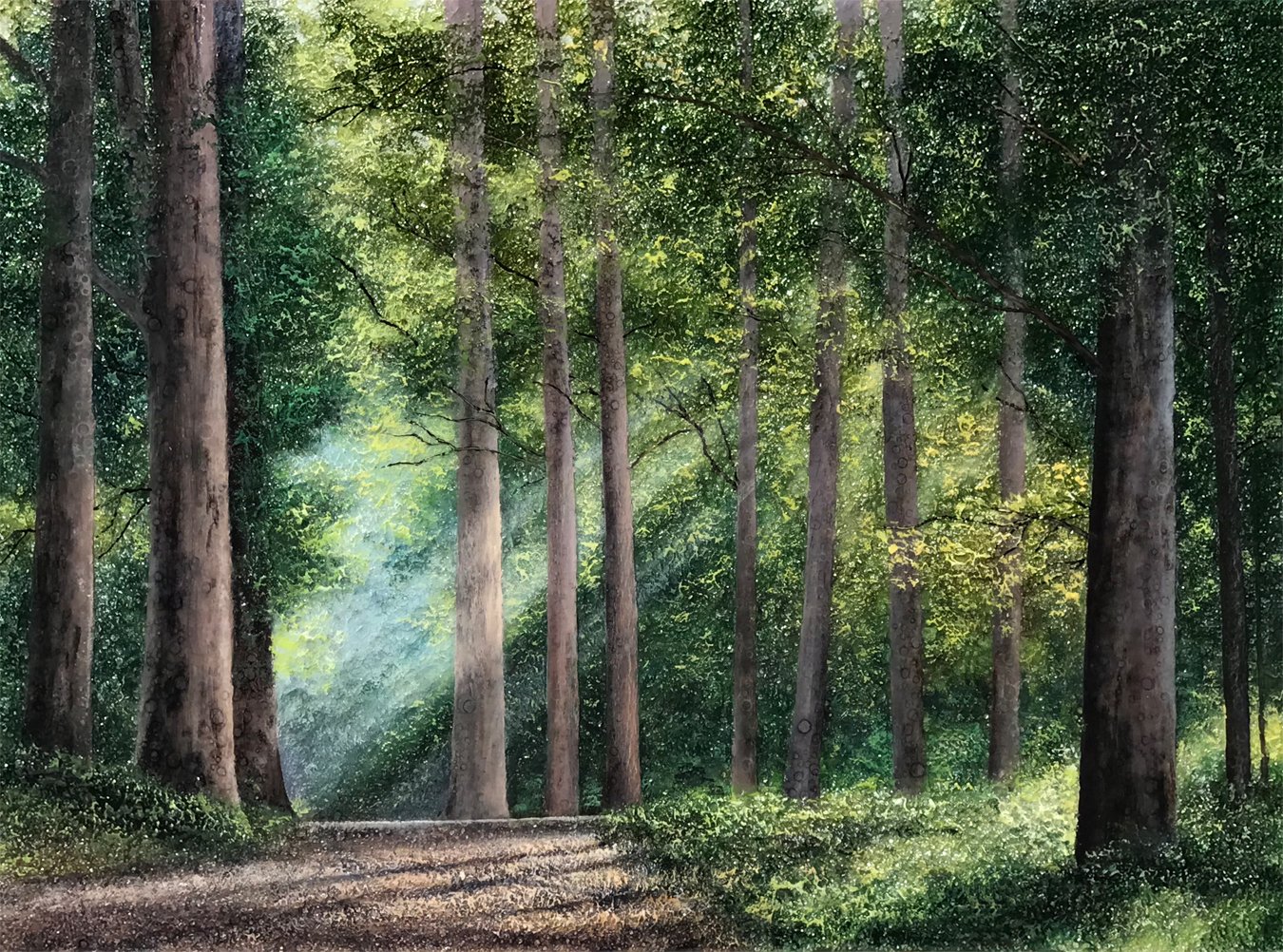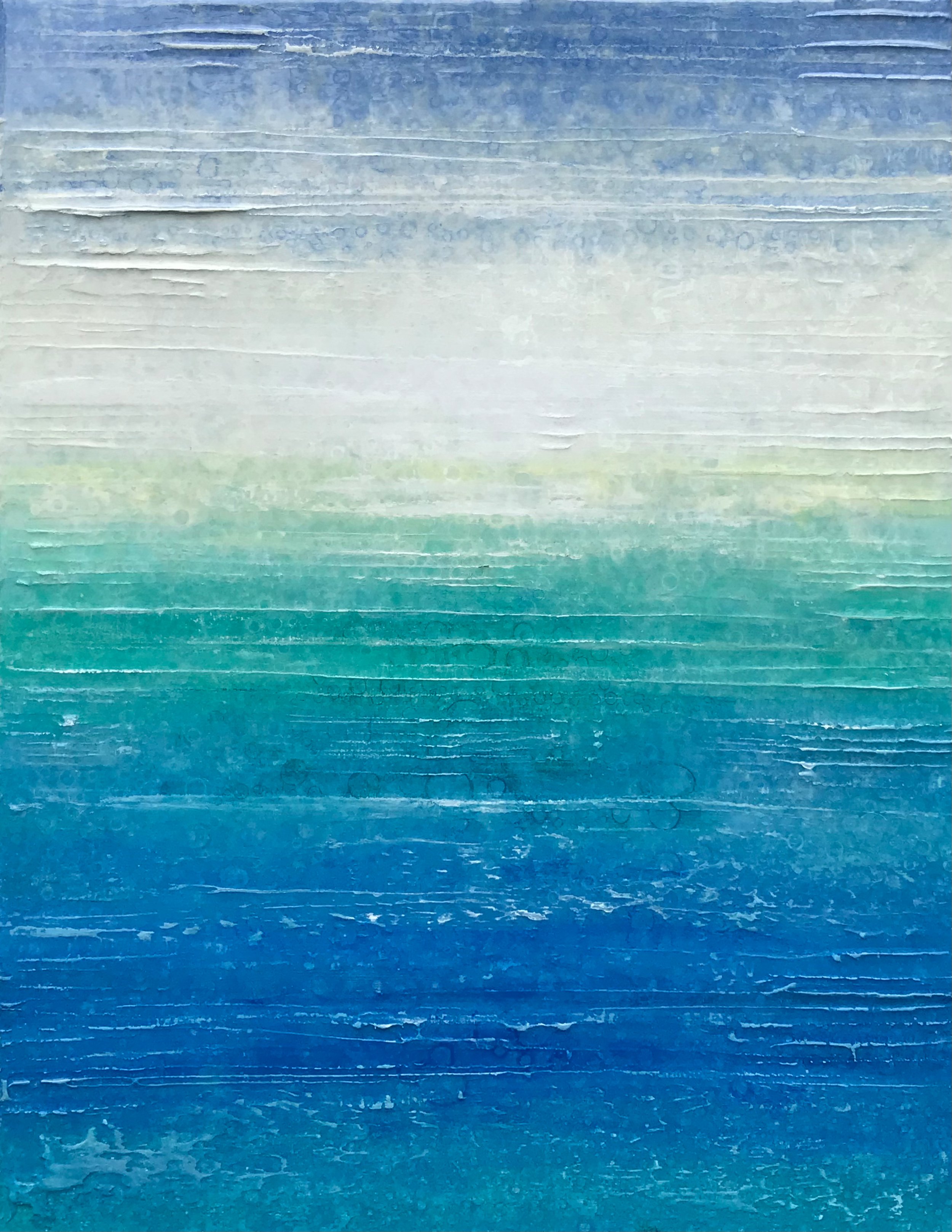If you or someone you know is an aspiring full time artist, one really important question that needs an answer is this: Do you have your work in galleries? And then the follow up question, “How do you find the right galleries?”
When I was still a novice at marketing my own artwork, I had absolutely no idea there is actually etiquette involved with getting my work into an art gallery and in the beginning, I unknowingly broke all the rules. I first thought of cool cities with a decent art scene, and then got onto Google and basically emailed every art gallery on the list. My email included photos and my resume.
After well over a hundred emails (all unanswered by the way), I learned that I needed some help and eventually received the advice I needed. Here is that advice:
1) Think of the cities most visited by tourists or art seekers.
2) Google the art galleries on your list and look at every gallery website with this in mind: “Would my work fit well in this gallery? If say, you do minimalist abstract work and the gallery is in Cody, Wyoming and carries all cowboy portraits, uh…pass that one up”. This is really important. You’ll make yourself look like a fool if you don’t do your research. Contact only galleries in which you work would look “at home” in.
“…Would my work fit into this gallery?”
I regularly get people emailing me asking if they can get into my gallery. Had they actually done their homework, they’d see that I do not have a “gallery” at all per se. I have an open art studio (a place where artwork is produced and sold by the artist). Had the inquirer taken just a moment to look at my website, they’d realize this. When an artist doesn’t do proper research, it just makes them look ridiculous. Trust me…this is probably why I received no responses from all the art galleries I emailed back in the day.
3) Ideally, next, you need to take a road trip and actually VISIT the art galleries in one of the towns you’ve selected. Just pick one town/city and work on that one first. You’re not going to be able to fill twenty art galleries with your work, so don’t bother covering the entire country. Look at one city at a time. When you’re visiting, greet the curator/gallery owner and just browse through, taking your time looking at the artwork. At this point, imagine you’re a perspective art buyer, so pay close attention to the vibe you pick up entering and wondering around. Were you completely ignored when you entered? Not good. Are you followed around and hounded? Not good. I wouldn’t bother pursuing the gallery if they don’t treat visitors with respect. But then if all goes well, ask the person at the desk if you could make an appointment to talk to the manager and get info on their policy regarding the addition of new artists. Asking for an appointment immediately communicates that you respect their time. Respect is good. Then when you meet with the owner/manager, ask them what the process is and how you might be considered as one of the artists they represent. Do NOT walk in with your paintings under your arms. Do NOT scroll through the photos on your phone to wow them. Trust me. They have a policy in place. Find out what that policy is and follow it. Again, that shows respect AND it actually gets your work considered.
I had a gallery owner friend in Asheville years ago, and she said she recieved emails from artists wanting gallery representation every day, literally over a hundred emails a week. She said she just deletes them all. That is because there was an intake policy in place (actually stated on her gallery website) and that the policy was not followed. Do you homework.
Follow this advice, and that will at least help. And it will definitely mean you won’t have to email hundreds of art galleries like I did initially. Be smart.













